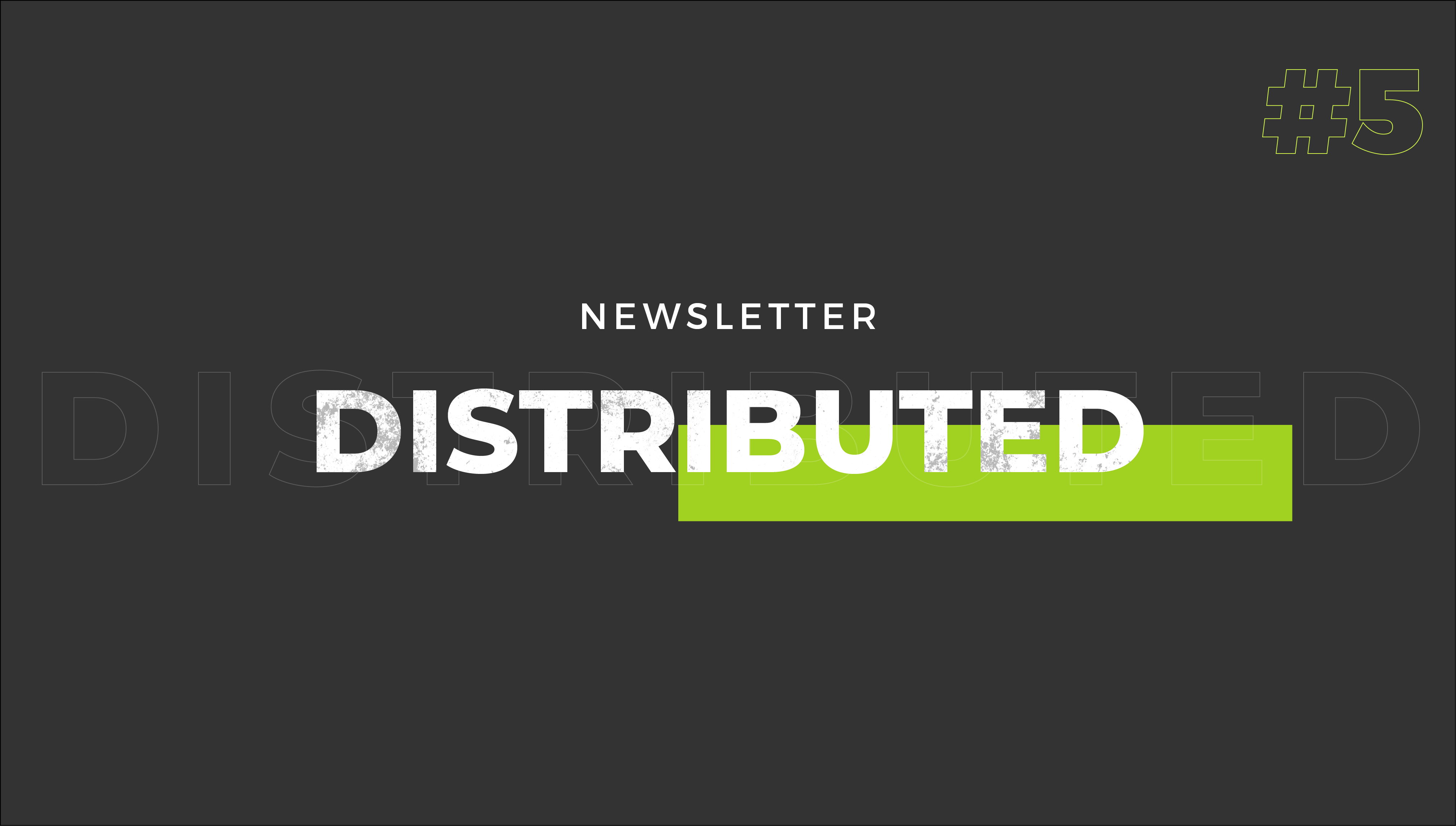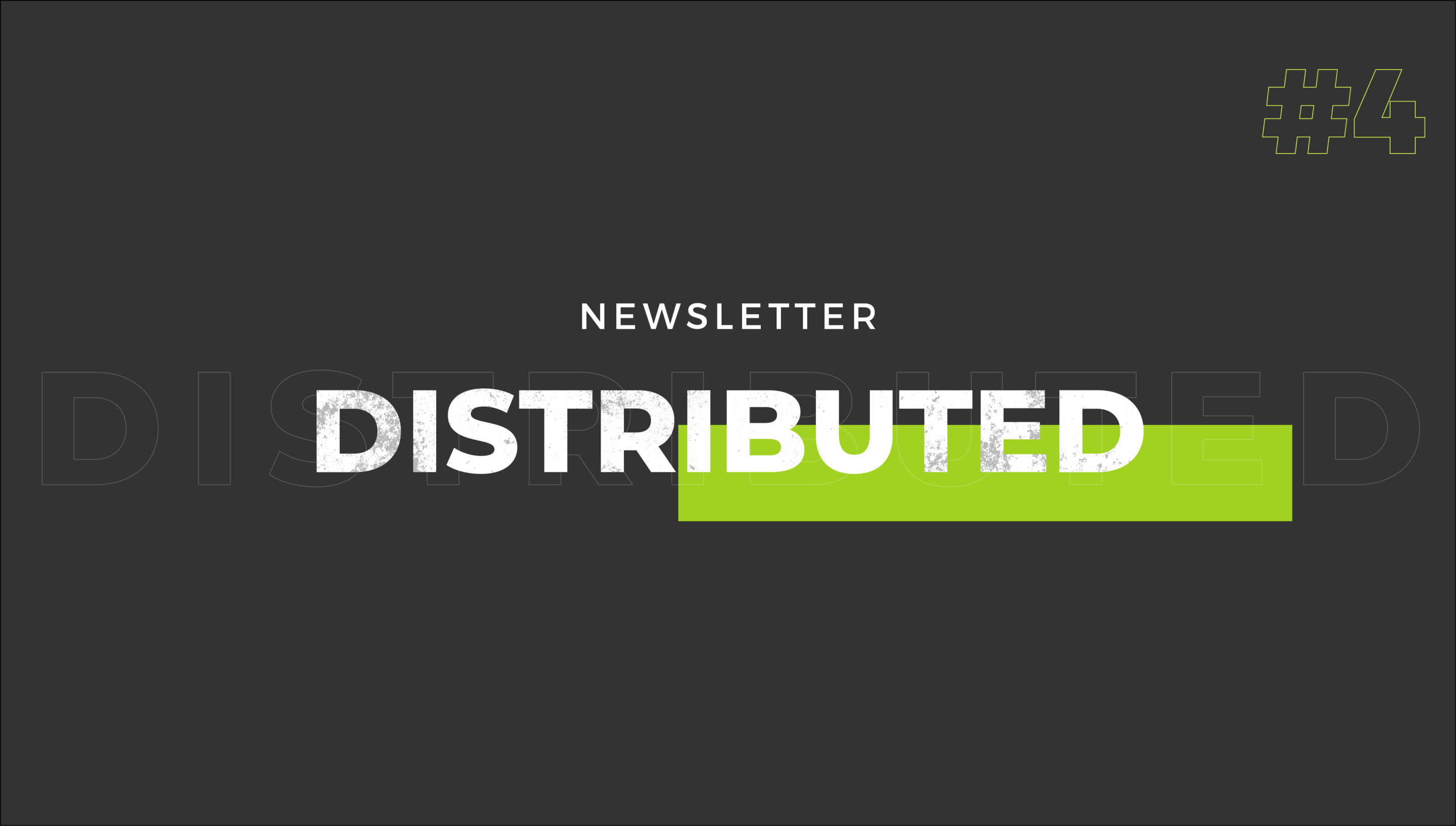If you’re doing it right, your brand is everywhere for your audience. Or at least that’s the goal. It’s a tough goal to achieve, though, if you don’t really have a good handle on what “everywhere” means. To really nail your messaging, you need to know which brand touchpoints are most critical for the specific audience you care about talking to.
So what does that mean? What is a brand touchpoint really, and which ones should you be focusing on? Let’s take a look at a short list of brand touchpoints that you can chain together to build out your ideal customer journey, from awareness all the way to the point of sale.

What is a brand touchpoint?
Think about the ways in which people interact with your brand. They might visit your website. They might see a billboard or a digital ad. They might walk by your building or walk through your office. They might see your product on a store’s shelf. You have varying degrees of control over each of these situations, but each is a brand touchpoint. Any time someone encounters your brand in any fashion or facet, that’s a brand touchpoint. And each one of them is important.
But depending on the specific audience you most need to connect with, some brand touchpoints are going to be more important than others. Everyone interacts with brands in different ways. Which brand touchpoints are the most important for your business to concentrate on? Short answer: it depends.
Brand touchpoints list: 7 to focus on
Website and blog
In the old days, your business’ storefront was its main attraction point. But it’s the 21st century now, and the internet exists. Customers can find you from anywhere on earth; a person doesn’t have to be physically standing outside your building to be introduced to your brand. Your website is your new storefront. It’s probably your most important of all the brand touchpoints.
Obviously the main sections of your website, where you explain who you are and what you do, are critical. But they’re not the totality of your website experience. The traffic that comes to your website is going to come from a variety of places, and of course some of it will be from people who are specifically looking for you. But it’s likely that the majority will come from people searching for keywords that are relevant to your brand—and a lot of that traffic is going to be directed to content like your blog, rather than your “services” or “products” pages.
So make sure that your branding is consistent throughout the entirety of your online presence, from the homepage of your website to your shortest blog post. No matter what audience you’re working with, in today’s marketing landscape everyone is going to touch your website in one way or another. Make sure it represents you in the way you want to be represented.
Digital advertising
The whole point of digital advertising is to get your brand in front of your audience (and move them along in their customer journey), so it’s obviously an important brand touchpoint. Whether it’s a part of a lead generation campaign or you’re remarketing to people who have made contact with your brand elsewhere, brand consistency is important.
Again, this is likely to apply no matter what audience you’re pursuing. One of the reasons digital advertising is such a powerful tool for marketers is because of the ability it gives you to target the precise groups of people you want to be talking to. You’ll need to know exactly who those people are—brand research is the key here—but once you do, your digital advertising will become a cornerstone of your marketing setup.
Social media
Yes, of course “social media” is somewhat vague. It covers everything from professional networks like LinkedIn to widely used social platforms like Facebook and Twitter to more…let’s say “recreational” apps like Instagram and TikTok. This means that your strategies for different social media platforms have to be tailored to the specific platforms, but the importance of each is dependent on the audience you serve.
Here’s an example. If you run a machine tool shop, it’s quite unlikely that the people you want to buy from you are going to be TikTok users. Honestly, even if they were, it would probably be more damaging if they saw you there than it would be if you were absent. It doesn’t fit your audience, and it doesn’t fit your brand. Facebook advertising, on the other hand, is likely to hit the spot.
If your audience is younger and more casual, TikTok and Instagram (and probably Twitter as well) are critical touchpoints. If you’re catering more to baby boomers and seniors, Facebook and LinkedIn are key. Think about who you’re talking to, and think about where you can most easily find them. And make sure you aren’t showing up on platforms that might make you look silly.
Email and stationery
In some ways, these are closely related touchpoints. If you think about it, email’s kind of like the stationery of the internet. But they’re obviously not identical, and one of the major differences is—again—your audience.
If you’re sending a hard copy correspondence to someone in a business setting, there’s typically two options for what you’re doing. It’s probably either a formal and official communication with a prospect or a client, or it’s internal communication. Either way, executing your brand in a crisp, clean, and utterly professional way is important. In most cases, there really isn’t a lot of room to work with creatively. Most of what’s going on there, like your logo and address and your greeting and salutation, is either part of your brand that’s already established, or it’s simply boilerplate info that isn’t really affected by your brand.
On the other hand, when it comes to email you can actually be pretty creative with what you want to do. The fact that you can (and really should) add visuals and motion to your email is a gamechanger. People expect a little more flash and sizzle from email, whether it’s a weekly or monthly newsletter or it’s a notice of a sale. However, keep in mind that not everyone is perfectly diligent about checking email. If you’re targeting younger generations, you’re a lot more likely to find them on social media than on Gmail. So you need to sort of walk a tightrope between making your email interesting while still preserving a semblance of maturity and gravitas.
Gated content
There are a few reasons why your gated content is such an important brand touchpoint on your customer journey. First of all, the content itself needs to be great. Instead of just making it available to all who can find it, like you would with your blog, you’re putting a barrier between your prospect and the piece of content and asking them for something in order to get it, whether that’s just a name and email address or more detailed information or even payment. If they go through that and then hate what they get, that’s likely the last you’re going to hear from that downloader of content. And rightfully so.
But even before that, the point of gating needs to be great. Typically this is going to be a landing page, where you’ll explain what the prospect is going to get for their trouble (whether that’s a white paper, a webinar, or something else entirely) and provide a form for them to enter the information you want in return. I don’t know about you, but if I come across a landing page that asks for my email, phone number, address, place of business, and four other invasive bits of information, and all it gives in return is a message that “you’ll really love this white paper!”…I am really unlikely to download it. The landing page can’t simply be generic, it has to be a vibrant brand touchpoint on its own as well.
If you’re asking something from your audience just to see your content, you need to make sure it’s worth their while.
Traditional advertising
Yeah, it’s “the future,” but it’s still important to make sure that 100% of your marketing isn’t taking place in the digital arena. It’s tempting to step away from traditional advertising, because it tends to be a bit harder to get discrete data on what’s working and what isn’t—after all, you can track a user’s actions online, but if someone sees a billboard and then buys from you, it’s not always going to be clear whether or not the billboard caused that.
But if you can build brand touchpoints into your customer’s wider world, not just their online experience, that’s just more time they’re spending thinking about you and your brand. And while it might feel old-school, it most definitely helps move your prospects along through their customer journeys.
Physical space
Depending on what you do, you might not have a lot of foot traffic through your place of business. Or you might depend on it. But either way, it’s an important brand touchpoint for a couple of reasons. The first is, of course, that even if you only have a few customers or clients coming through, it’s important to make a good impression. You’ve guided them all the way though their customer journey with your brand, why let up right at the finish?
You also have to think about the fact that in most cases, one of your most important audiences will be in your space every day, no matter what: your employees. Your employer brand is not extra, it is not a luxury. It’s one of the most important parts of your overall brand presence. Employee turnover hurts your business. It costs you money and resources, and if you’re losing good people on a regular basis, it makes it hard to maintain the quality of the product or service you’re trying to provide.
A solid brand goes a long way towards helping your team to feel like they’re a part of something important, and helps to show that your business cares about their well-being and happiness. We’re all still figuring out what employer brand looks like in an increasingly remote and hybrid post-COVID workplace, but I feel pretty confident in saying that I would be stunned to see the importance of employer branding decreasing in the new offices of 2021.
The brand journey begins here
As you can probably guess, this is not a comprehensive list. There are hundreds of potential brand touchpoints along your customer journey, and each one is important in its own way. But these seven are some of the most important, and ensuring that each one is handled well will go a long way towards bolstering your brand’s overall performance. Get started here, and it’s likely that each will lead you to see a few other places where your audience and your brand are crossing paths. It’s a big world out there—make sure the people you want to work with are seeing you in it.




